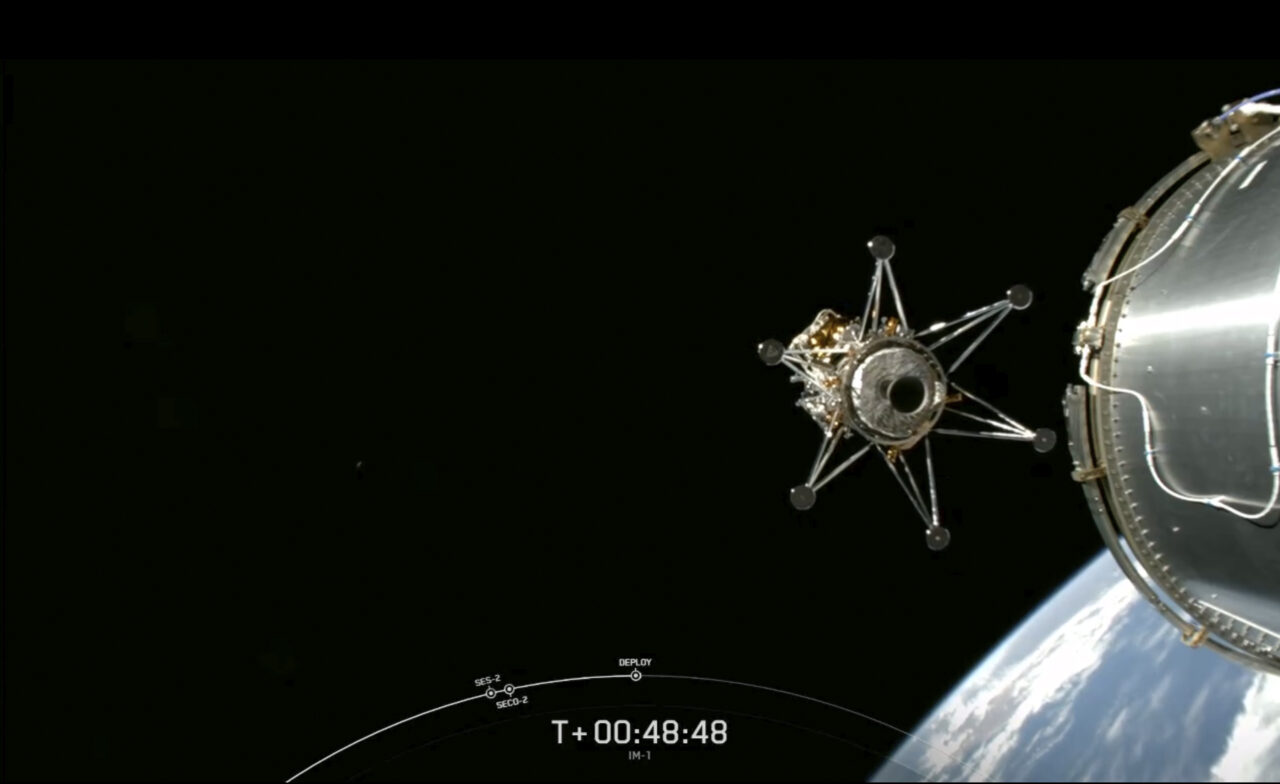In a dramatic twist of space exploration events, a spaceship ended up lying sideways following an attempt to touchdown on the Moon, marking a significant moment in lunar exploration history.
Key Highlights:
- The spacecraft, designed for precision landing, failed to establish its solar power system properly, leading to a suspected loss of battery power shortly after landing.
- It attempted a precise landing with an accuracy target of less than 100 meters, aiming to transition from “landing where we can” to “landing where we want.”
- Communication with the lander was lost just moments before what was to be a historic touchdown, suggesting a possible crash on the lunar surface.
- The mission was conducted by Japanese lunar exploration company ispace, which still plans to continue its quest for lunar exploration with future missions.

The recent lunar mission embarked on a journey to the Moon with the ambition of making a historic touchdown with unprecedented precision. The spacecraft, designed by the Japan Aerospace Exploration Agency (JAXA) and named SLIM, aimed to test technology for conducting pinpoint landings on the surface of gravitational bodies. This technology was intended to improve the accuracy of lunar landings from several kilometers to less than 100 meters from intended targets. However, despite achieving a trajectory matching the expected acceleration and precision close to the 100-meter target, the mission faced a significant setback when the lander’s solar power system failed to operate as intended, leading to a suspected rapid depletion of its battery power.
Adding to the complexity of the mission, ispace, a Tokyo-based company that developed the lander, lost contact with the spacecraft moments before the expected touchdown. This incident has raised concerns about the lander’s fate, suggesting it might have crashed into the lunar surface. Despite the setback, ispace founder Takeshi Hakamada expressed determination to continue the quest for lunar exploration, highlighting the achievement of maintaining communication until the final moments before the loss of contact. Ispace plans to apply the lessons learned from this attempt to future missions, with at least two more lunar landings scheduled in the coming years.
This incident underscores the challenges of space exploration, particularly the difficulty of landing on the Moon with high precision. The mission’s objective was not only to test landing technologies but also to pave the way for future commercial operations on the Moon, including transportation services and resource harvesting. The payloads included various experimental technologies and instruments from international partners, showcasing the collaborative effort in advancing lunar exploration.
While the mission did not achieve its intended outcome, it represents a significant effort towards enhancing our capabilities for precise lunar landings. The lessons learned from this experience are invaluable for the future of lunar exploration, emphasizing the importance of resilience and continuous innovation in the face of challenges. The global space community remains optimistic about the potential for future missions to build on these efforts, moving closer to a new era of lunar exploration where precision and safety are paramount.

























Add Comment